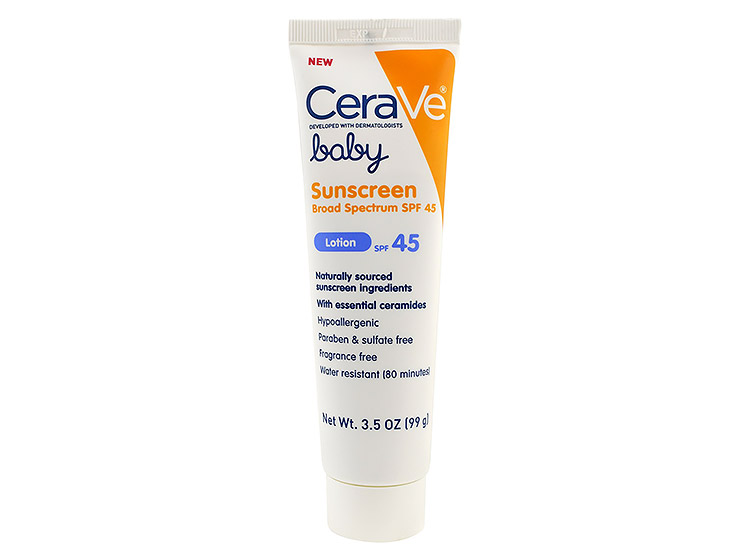


The consensus is that you should choose a minimum SPF of 15. While there are some technical calculations about how long a particular “SPF” number will allow you to remain in the sun unscathed, the reality is, it’s never exact - the intensity of the UV rays differ by time and location (4). One of the most significant factors to consider is the sun protection factor, shortened to “SPF” on the labels of most bottles.
BEST SUNSCREEN FOR BABIES SKIN
While it’s true that UV rays aren’t as strong in the winter, it’s still wise to slather it on all exposed skin throughout the year, as damaging rays are still present.ġ1 Best Baby Sunglasses (2022 Reviews) What SPF Should Baby Sunscreen Be? Regardless of temperature or cloud cover, ultraviolet (UV) rays can always reach your child’s skin (3).ĭuring cooler temperatures, your child’s body is often covered, and the sun doesn’t feel as intense. Your child should be protected from the sun every time they go outside. Using sunscreen (especially broad-spectrum products that block both UVA and UVB rays) stops harmful rays from being absorbed into your baby’s skin, preventing burns and long-term sun damage. UVB rays cause sunburns and also increase your risk of skin cancer (2). UVA rays penetrate the deeper levels of the skin (the dermis) and cause damage to the cell’s DNA. There are two types of ultraviolet light: UVA and UVB, and both are damaging. Children are particularly susceptible since one major sunburn during childhood can double their risk of melanoma (skin cancer) during adulthood (1). The sun’s rays emit ultraviolet light that causes sunburns and skin damage and contributes to skin cancer.



 0 kommentar(er)
0 kommentar(er)
